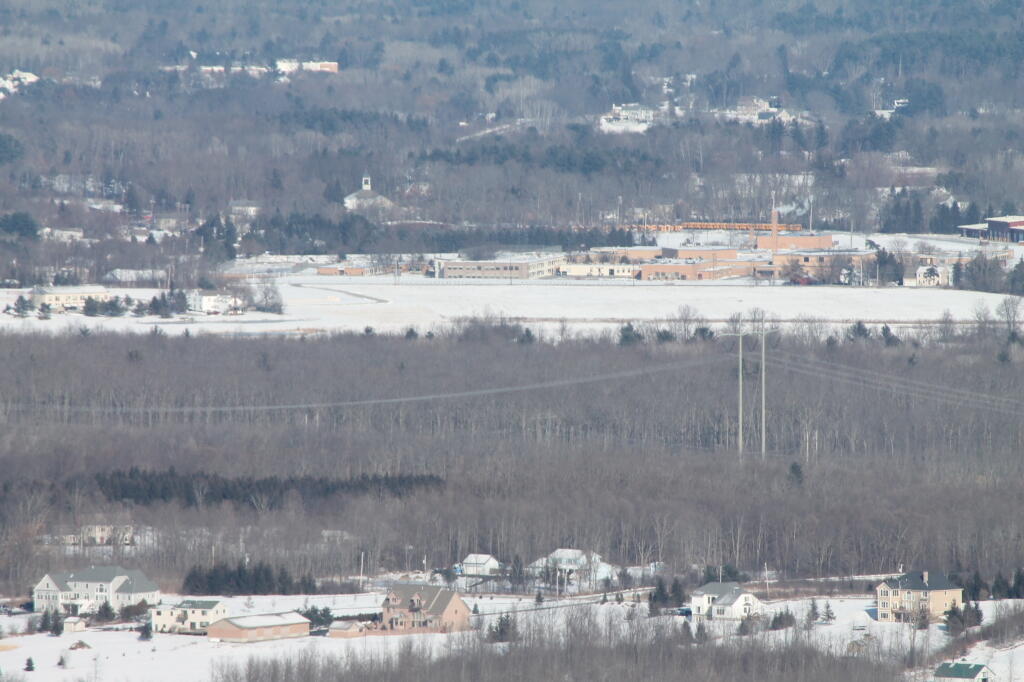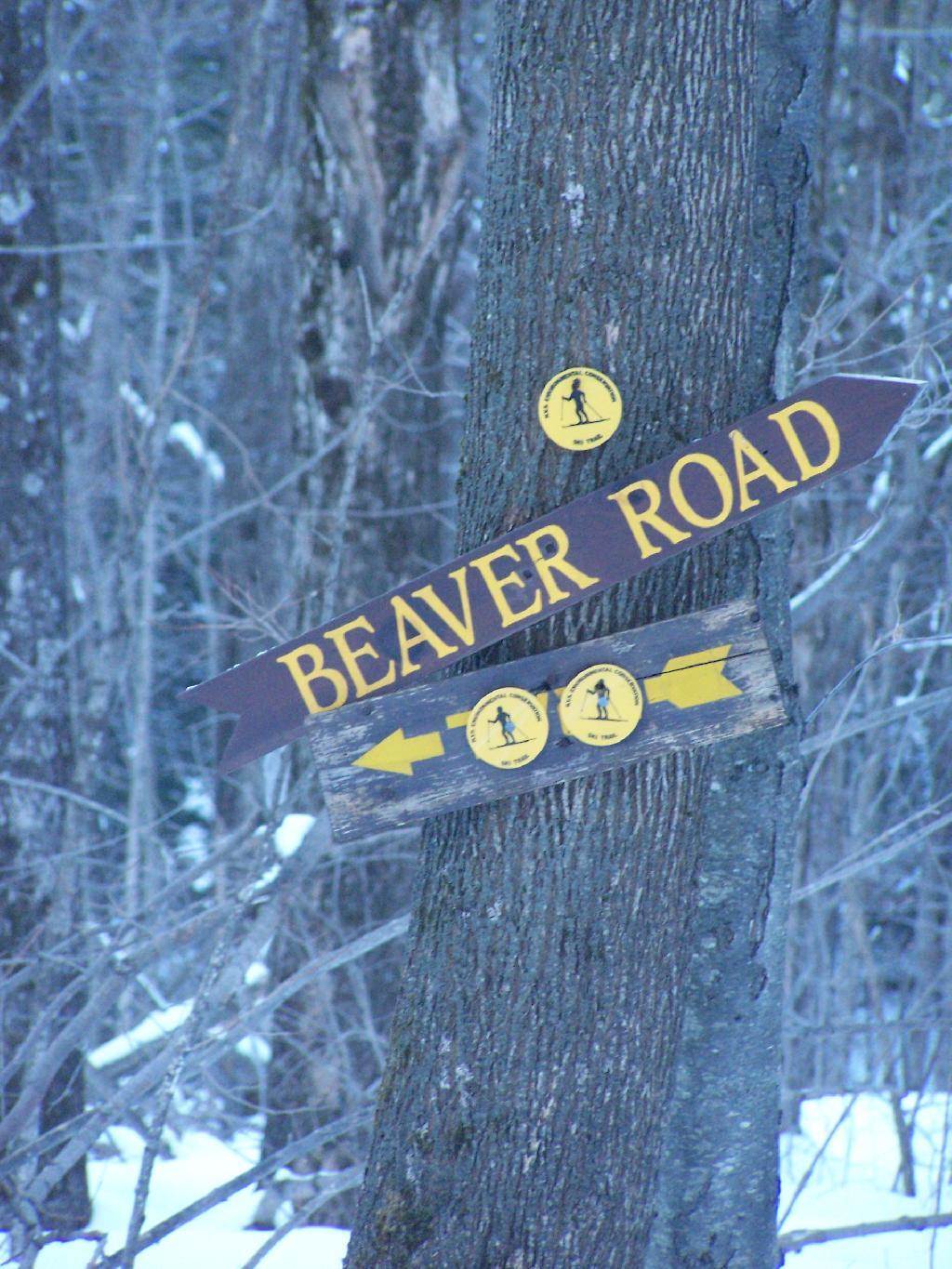Army Depot
Weeds – Malvina Reynolds
Nancy Reynolds, daughter of Malvina Reynolds, the writer of ‘Little Boxes’, tells us about the day her mother wrote the song that started it all ....
“My mother and father were driving South from San Francisco through Daly City when my mom got the idea for the song. She asked my dad to take the wheel, and she wrote it on the way to the gathering in La Honda where she was going to sing for the riends Committee on Legislation. When Time Magazine (I think, maybe Newsweek) wanted a photo of her pointing to the very place, she couldn’t find those houses because so many more had been built around them that the hillsides were totally covered.ȁ
“As for ‘protest’ I think it was more social commentary."
“rom what I’ve read, I think Levittown was built more for working class families than for doctors and lawyers and was more community oriented than the aly City sprawl, with community centers and stuff.ȁ
“When I went with her to Japan in 1970 we saw suburbs where the little boxes had flat tile roofs, very Japanese, but they still all looked just the same."
“I’m delighted that you will have the McGarrigles and hope you can get Bebel Gilberto next year! My mom thought the song sounded better in rench than in English."
Continuing to read a lot about making a life plan
Continuing to read a lot about making a life plan … 💭
Life plans are what people make to figure out what is meaningful and worthwhile in life, and what kind of resources one needs for a better life. To a certain extent I have a plan — I want to eventually:
- Own 25 plus acres of land so I have buffers and privacy from any neighbors — so I’m not annoying them and they’re not annoying me
- Retire relatively early, or at least work part-time so I have more time to focus on my land and my life in the woods
- Have an off-grid property that is simple and rustic with minimal solar and heated with wood
- Not have a fancy suburban life – as manured lawn from livestock, not a manicured lawn
- Live in a state that doesn’t have a lot of code restrictions, gun controls or restrictions on open burning
- Have bonfires, listen to loud music, hoot and hollar when ever I want
- Raise livestock for food and hunt and trap my own land, have my own range for shooting in my backyard
I’ve started to learn more about what prices are for different types of land and what kind of properties are available. I would like to be able to buy land with cash, so my only ongoing cost for “rent” is the taxes I have to pay and maintance for my minimal solar set up. I’d rather have everything as simple as possible — to avoid costly maintance and breakdowns of equipment — and to minimize waste that can’t be safely managed on my own land.
I’ve also thought about what states are on my short list — I’ve included Missouri, Nebraska, Wisconsin, Montana and Idaho on it, but I guess I would also include West Virginia, Oregon, Maine and maybe Pennsylvania. While I’m not thrilled with conservative politics, especially not at the national level or for our cities, when you want to live in country, you want to left alone by the government. It’s fun to flip through properties in remote country, exploring moldy trailers and abandoned houses, and run down hunting camps and imagining the possibilities.
I’ve also continued to figure out what kind of budget I would need, and what the relative costs for living are in other parts of country. Certainly in many remote and rural places, life is a lot cheaper. But you might end up burning a lot more gas and be a lot rougher on vehicles. Plus income generation opportunities are far less — when I finally own land I’ll probably be making a lot less money.
But for now, I am doing everything I can do really bulk up both my retirement savings and mid-term investments, because I know the most important part of investing is to start early and be consistent. Time is a powerful thing. Rural land is relatively inexpensive, and small cabins, especially those without running water or electricity, but there are still costs for life, and if I plan to live while making significantly less money, I need to save now and work towards a better tomorrow.
I get that it’s a ways off, and for now I have my miserable, cold apartment in the suburbs, but I still try to spend as much time as I can in the woods alone. Last year it was 63 nights camping, this year maybe less with remote work coming to an end, but I still want to enjoy as much time outdoors as I continue to stay in my cost-effective apartment.
Turn For Beaver Road
Of course this sign doesn't tell you that Beaver Road is still another mile and half away.
Taken on Sunday January 24, 2010 at Partridge Run Game Management Area.Fifty years after
The impact of T on human health received worldwide attention from the general public, political and scientific communities, with the publication of Rachel Carson’s Silent Spring.1 In Silent Spring, Carson described a series of harmful effects on the environment and wildlife resulting from the use of T and other similar compounds. ifty years later the book and the issues raised remain controversial. T, which had been effectively used to eradicate malaria carrying mosquitoes, continues to be a major public health problem and effective treatment and prevention efforts are still necessary.
How to Make a Life Plan in 6 Steps | Indeed.com
Creating a life plan can help you feel more in control of your life and provide a clear path toward the things you want. The process of making a life plan starts with creating a document to record your thoughts and ideas either with pen and paper or electronically. However you choose to document your life plan, make sure it is easily accessible where you will remember to review it often. Use this guide to help you make a life plan.

